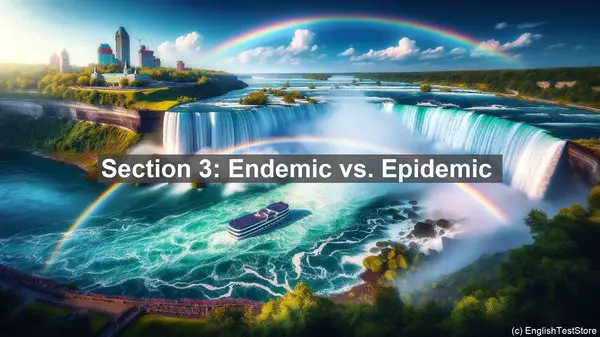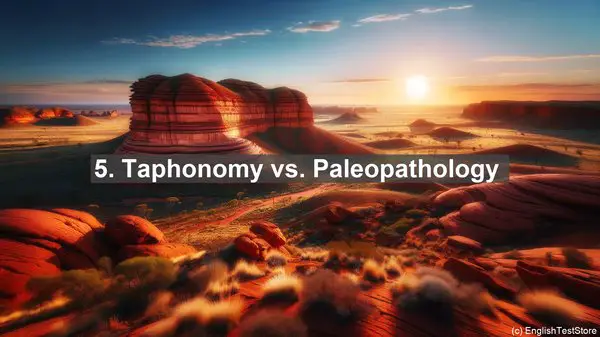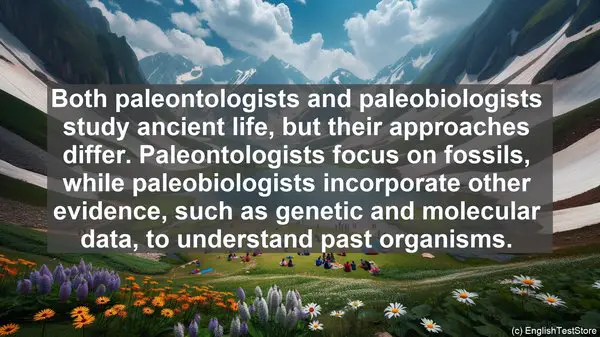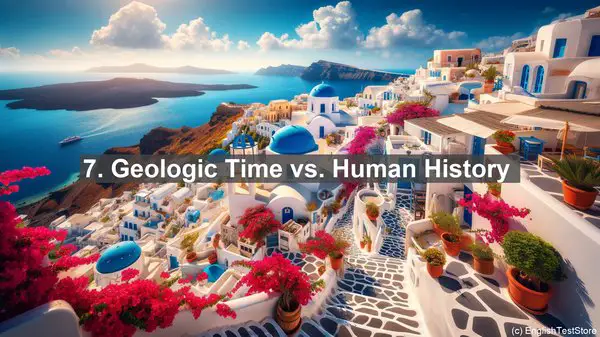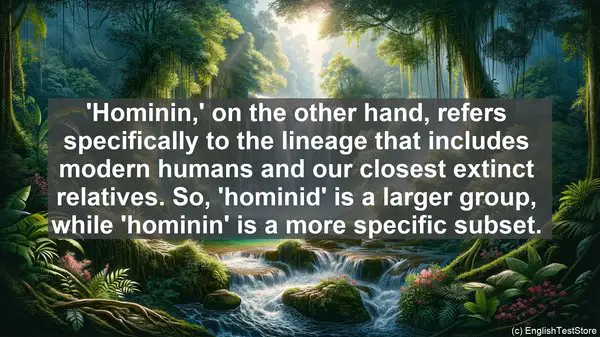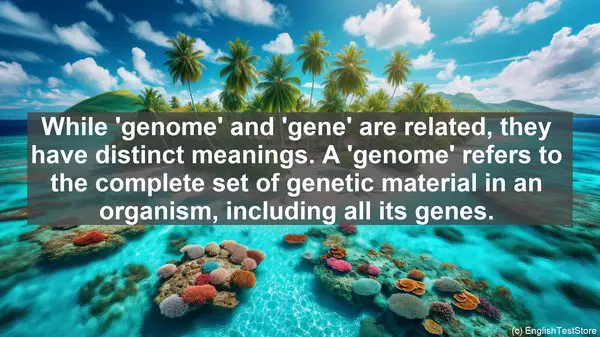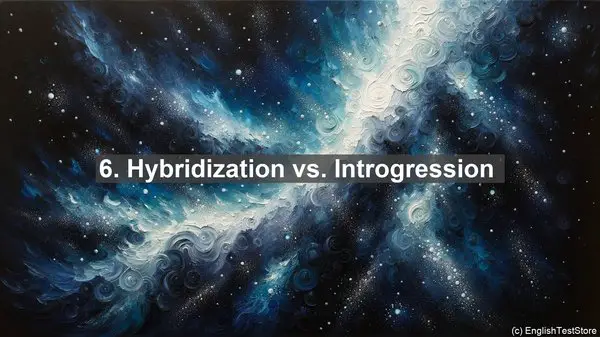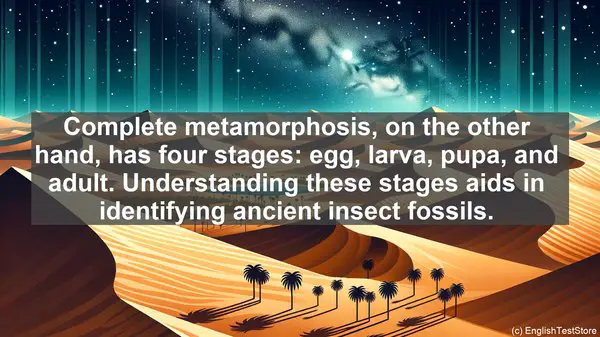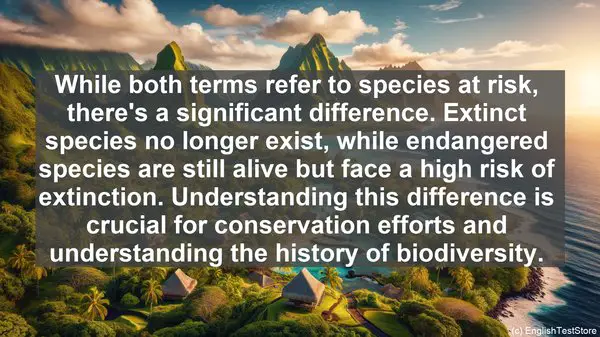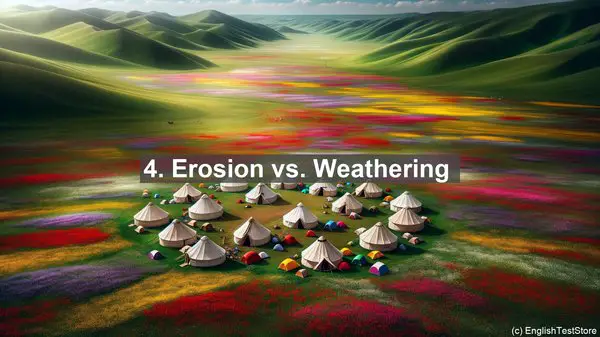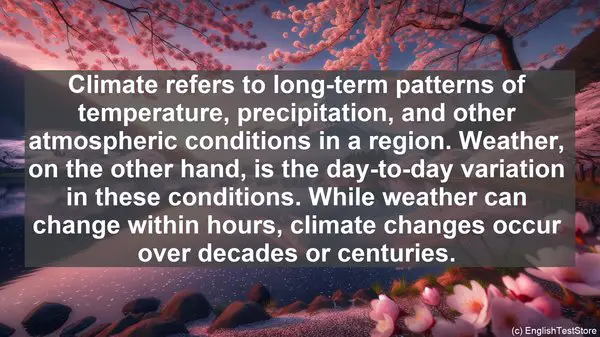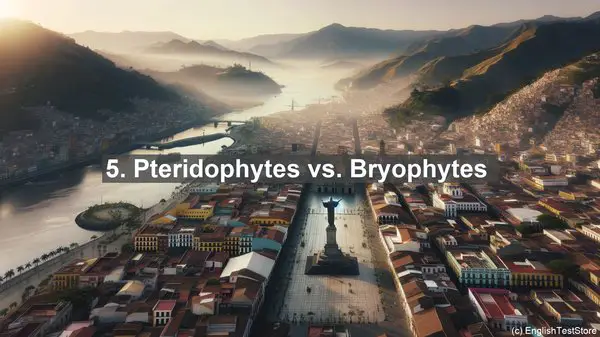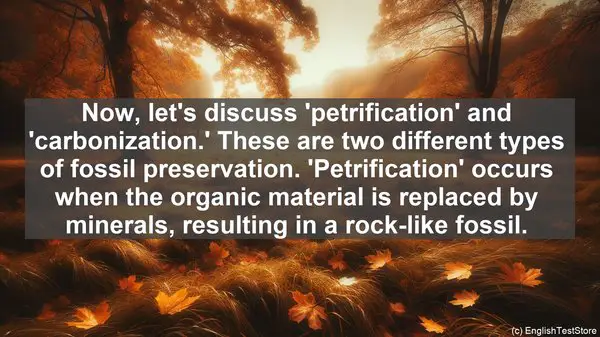Introduction
Today, we are going to delve into the world of parasitology, a fascinating branch of biology. However, this field can be quite confusing, especially when it comes to certain words. In this lesson, we will unravel the mysteries behind the top 10 commonly confused words in parasitology. So, let’s get started!
1. Host vs. Vector
One of the most fundamental distinctions in parasitology is between a host and a vector. A host is an organism that harbors a parasite, providing it with a suitable environment to live and reproduce. On the other hand, a vector is an organism that carries and transmits a parasite from one host to another. While both are involved in the parasite’s life cycle, their roles differ significantly.
2. Endoparasite vs. Ectoparasite
Parasites can be classified based on their location in or on the host’s body. An endoparasite resides inside the host, often within organs or tissues. In contrast, an ectoparasite lives on the host’s external surface, such as the skin. Understanding this distinction is crucial, as it can impact the diagnosis and treatment of parasitic infections.
3. Definitive Host vs. Intermediate Host
In some parasite life cycles, multiple hosts are involved. The definitive host is the one in which the parasite reaches sexual maturity and reproduces. On the other hand, an intermediate host harbors the parasite during its larval or asexual stages. This differentiation is vital in understanding the complex life cycles of certain parasites, such as those causing malaria.
4. Prevalence vs. Incidence
When studying the spread of parasitic diseases, two terms often come up: prevalence and incidence. Prevalence refers to the total number of cases of a disease in a given population at a specific time. In contrast, incidence measures the number of new cases that occur within a defined period. Both are essential in assessing the burden of parasitic infections and devising control strategies.
5. Zoonosis vs. Anthroponosis
Some parasites can infect both animals and humans. When a disease primarily affects animals but can occasionally be transmitted to humans, it is called a zoonosis. On the other hand, if the disease is mainly found in humans and can be transmitted between them, it is termed an anthroponosis. Understanding these terms is crucial in assessing the risk of disease transmission and implementing preventive measures.
6. Direct Life Cycle vs. Indirect Life Cycle
Parasites have diverse life cycles, and two common types are direct and indirect. In a direct life cycle, the parasite completes its entire life cycle within a single host species. In contrast, an indirect life cycle involves multiple hosts, with the parasite transitioning between them. This distinction is vital in understanding the transmission dynamics and control strategies for different parasites.
7. Helminth vs. Protozoa
Parasites can be broadly classified into two groups: helminths and protozoa. Helminths are multicellular organisms, including worms, while protozoa are single-celled organisms. This differentiation is not only based on their structure but also their mode of transmission, clinical manifestations, and treatment options. Thus, it is crucial to identify the type of parasite accurately.
8. Reservoir vs. Carrier
In the context of parasitic diseases, a reservoir is an organism, often an animal, in which the parasite naturally lives and reproduces, maintaining its presence in the environment. A carrier, on the other hand, is an individual who harbors the parasite but may not show any symptoms. Both can play a significant role in the transmission of parasitic infections to humans.

9. Microfilaria vs. Larva
When it comes to the immature stages of certain parasites, the terms microfilaria and larva are often used. Microfilaria specifically refers to the larval stage of filarial worms, which are transmitted by insects. Larva, on the other hand, is a more general term for the immature stage of various parasites. Understanding these terms aids in accurate diagnosis and treatment.

10. Proglottid vs. Cyst
In the context of tapeworms, two terms frequently arise: proglottid and cyst. Proglottids are the individual segments of a tapeworm, each containing reproductive structures. In contrast, a cyst is a fluid-filled sac that may contain the larval stage of a parasite. Differentiating between these terms is crucial in understanding the life cycle and potential transmission routes of tapeworms.


